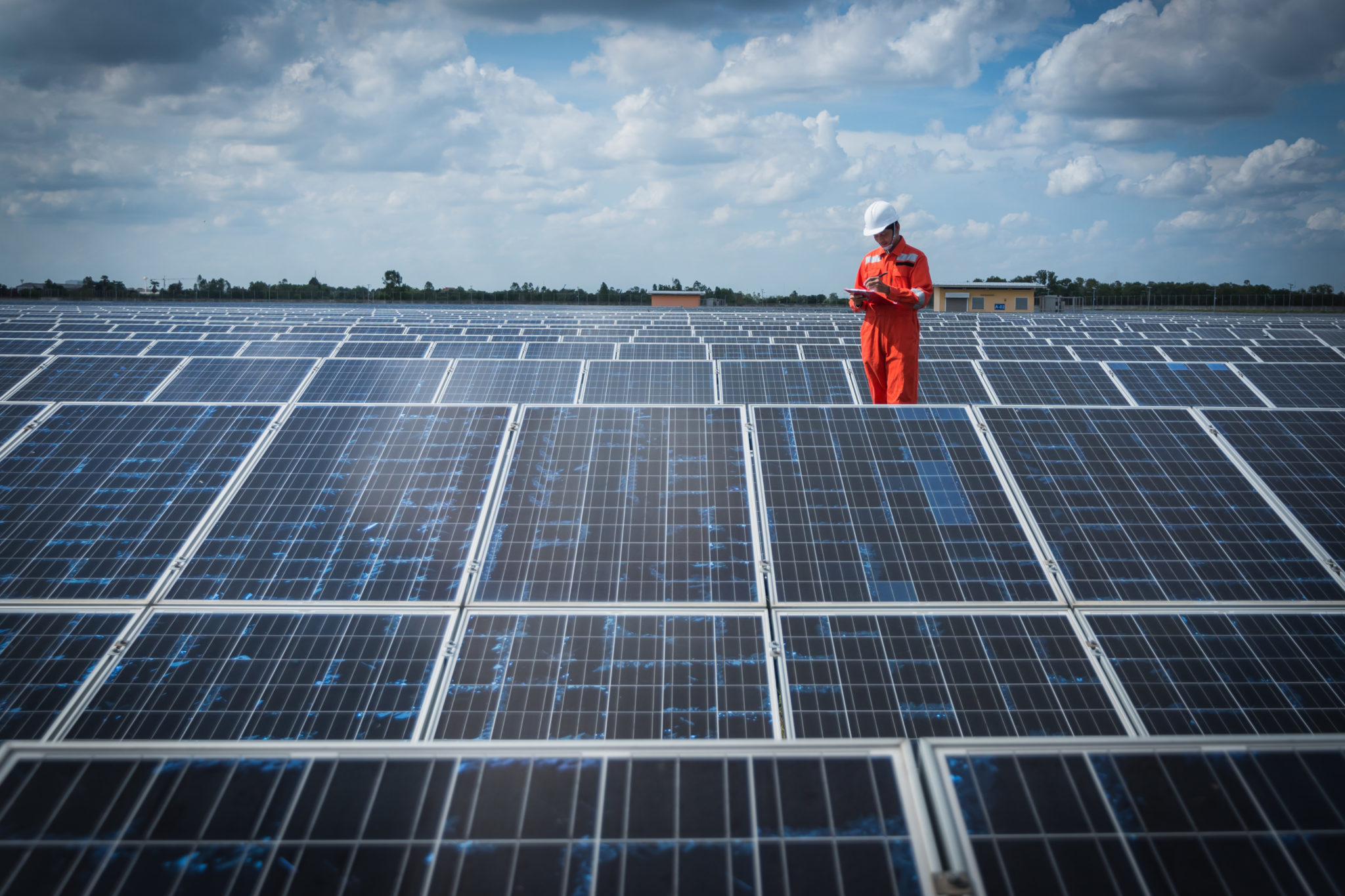Legal anatomy of a sustainable energy financing
Published on 3rd October 2019
The Netherlands has ground to cover when it comes to exploiting energy from renewable sources.

In 2018 only 7.4 per cent of our total energy consumption was covered by renewable sources; this was up from 6.6 per cent in 2017 (source: CBS). A significant part of the increase in 2018 is due to an increase in the capacity of solar plants (nearly 40 per cent. increase to 4400 Mw). The capacity of wind farms remained relatively stable (marginal increase from 4200 Mw to 4400 Mw). Following the worldwide movement away from fossil energy sources, the expectation is that these percentages will increase.
Both Dutch and foreign financial institutions have an increasing appetite to provide financing to (commercial) renewable energy projects. As with other project financings, sustainable energy projects tend to be non-recourse, single asset financings. This means that the debt service capacity is completely dependent on the capabilities of the sponsor/manager to both produce and sell off energy at commercially viable levels. Therefore despite the positive (reputational) effects from being active in renewable energy, lenders will critically assess the creditworthiness of new projects coming to the market.
We usually see extensive information rights for lenders, focusing on the period to full completion of the project (including showing cost and timing developments against the budget) as well as the period from completion (including showing actual performance compared to the base case model). Financial performance of the project is monitored via one or more covenants. A debt service cover ratio (net cash flow divided by debt service over a certain period) is standard and may, depending on the type of project, be bolstered by other covenants. Prior to going to credit, lenders will assess the 'bankability' of the financed project (such as whether the project may benefit from Green Discounts up to 50 bps or SDE+ subsidies). Consequently, the loan documentation will require safeguards to protect any discounts or subsidies from falling away (or if they do that lenders can have a 'seat at the table').
In addition, it will be relevant for lenders to identify, assess and acquire step-in rights in respect of the major project agreements (such as the power purchase agreement, construction and maintenance contracts and asset management agreements). Also important is the legal arrangement with the owner(s) of any land or building to which solar panel fixtures or wind turbines are mounted. Not only will appropriate security interests have to be created but like with other project parties, a lender will wish to be able to step in the shoes of the project company if it fails to meet its obligations under, for example, ground lease conditions.
The security package routinely consists of a right of mortgage, in respect of the plot of land (if owned by the borrower), right of ground lease (if rented from, for example, a governmental body) or right of superficies (if erected on, for example, a building). Other asset security includes pledges over receivables from project debtors such as off takers, insurance claims and bank accounts. In addition, share security will be taken over the project company enabling a lender to foreclose on a going concern basis. Bank accounts play a vital role in the security net as debt servicing capabilities are often solely reliant on income generated from the project. It is best practice that project debtors acknowledge via the step-in agreement security created and also identify the project account to which payments will be made. It has to be noted that for non-Dutch lenders it has been increasingly difficult to find Dutch account banks willing to accept third party security. This is a matter of fact which should be taken into account at an early stage. Alternatives are of course available - find out more in our insight on Dutch bank account structures.
As sponsors/managers in the sustainable energy market are used to complex and intertwined documentation, the additional layer of project finance documents adds to the pile. Legal advisers with experience on both lender and borrower side are well acquainted to connect the dots and ensure a smooth process between lender and borrower. This leaves sufficient time to negotiate and transact with the other key project players involved. This group may also include non-commercial organisations such as governmental bodies whom may require extra help in getting up the curve (also with the finance documents to which they are expected to be a party).
> Interested in discussing this further? Connect with our Banking and Finance team.



